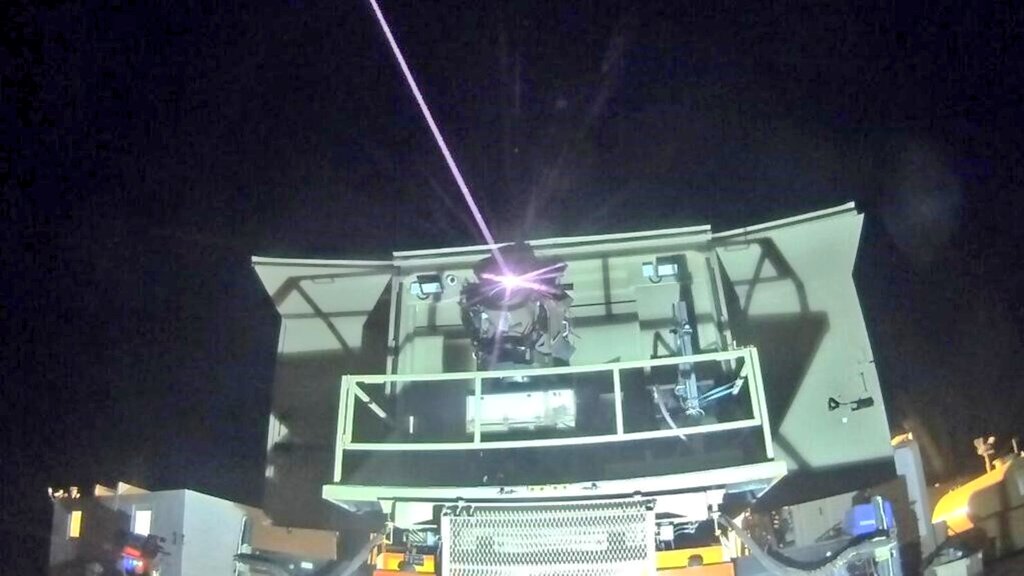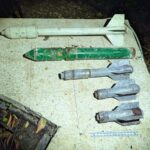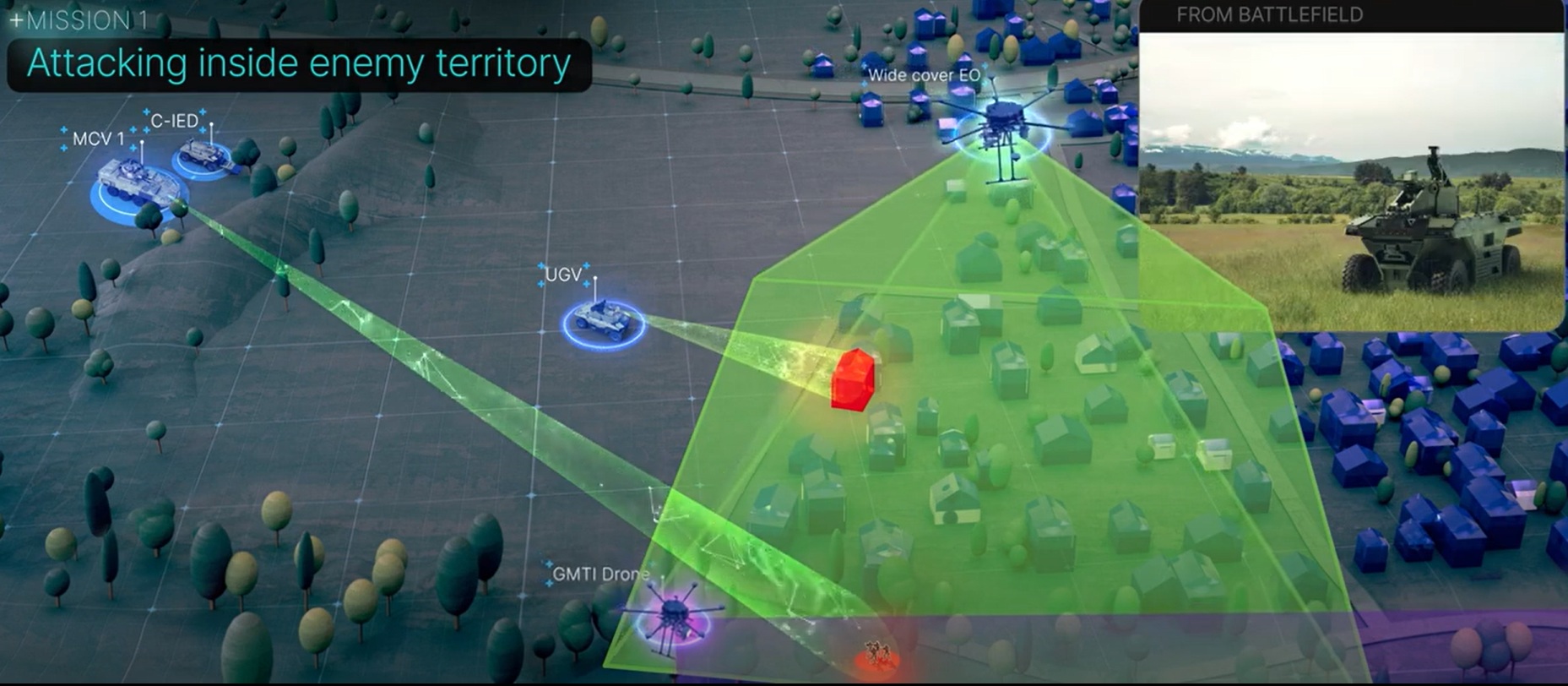The Iron Beam is envisioned as a key component of Israel’s defense strategy against short-range threats like drones and mortars.
By David Brummer, The IDF Club
Israel’s Defense Ministry, in collaboration with the Israel Air Force and Rafael Advanced Defense Systems, revealed on Wednesday that laser-based interception systems were successfully used in combat for the first time during the ongoing “Swords of Iron” war.
According to a ministry statement, in a major leap forward for military technology, dozens of enemy threats — primarily drones — were neutralized using high-powered laser technology developed through years of research and recently accelerated innovation.
The laser systems, which represent a revolutionary layer in Israel’s multi-tiered missile defense architecture, were rapidly deployed by the Air Force during the war.
The new systems reportedly achieved high interception rates, preventing potential casualties and damage to key infrastructure.
This achievement marks the first operational use of such high-powered laser technology on the battlefield globally.
The systems are based on decades of research by Rafael and the Ministry of Defense’s Directorate of Defense Research and Development (MAFAT), with contributions from military startups and R&D units.
Brig. Gen. (res.) Dr. Daniel Gold, head of MAFAT and one of the leading figures behind Israel’s laser defense vision, called the deployment “a tremendous operational and technological success.”
He emphasized that Israel is now the first country in the world to demonstrate large-scale operational laser interception capabilities.
“Our forces showed boldness in integrating and using the systems in live combat scenarios,” he said.
“The insights we’ve gained will guide future deployments as we move toward making the laser a permanent layer in our multi-tiered defense.”
Brig. Gen. Yehuda Elmakias, head of the R&D division at MAFAT, added that multiple high-powered laser prototypes were successfully activated during the war, leading to both operational successes and significant technical learning.
“This is the first time anywhere in the world that such systems have proven themselves in combat,” Elmakias said.
The Ministry of Defense also confirmed that development continues on the Iron Beam laser system, which is expected to be delivered to the IDF in late 2025.
The Iron Beam is envisioned as a key component of Israel’s defense strategy against short-range threats like drones and mortars.
A major test of the system is planned in the coming months, according to Globes, an Israeli newspaper, and if successful, the ministry and Rafael aim to proceed toward full operational deployment.
However, sources have noted that unforeseen technical challenges could delay the timeline.
Defense officials acknowledged that the war exposed vulnerabilities — particularly against drone attacks along the mountainous northern border with Lebanon.
Had the laser systems been fully operational earlier, they said, losses in both lives and resources could have been significantly reduced.
As Israel pushes forward, it sees directed-energy weapons not just as futuristic concepts but as essential tools in its modern battlefield arsenal.
The country’s defense establishment is committed to scaling up production and deployment, ensuring these systems will soon become a regular feature of national defense.













































